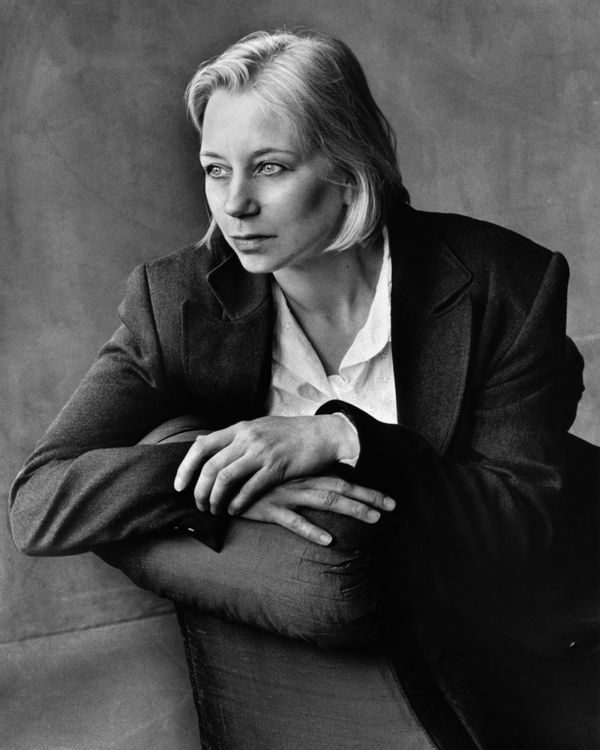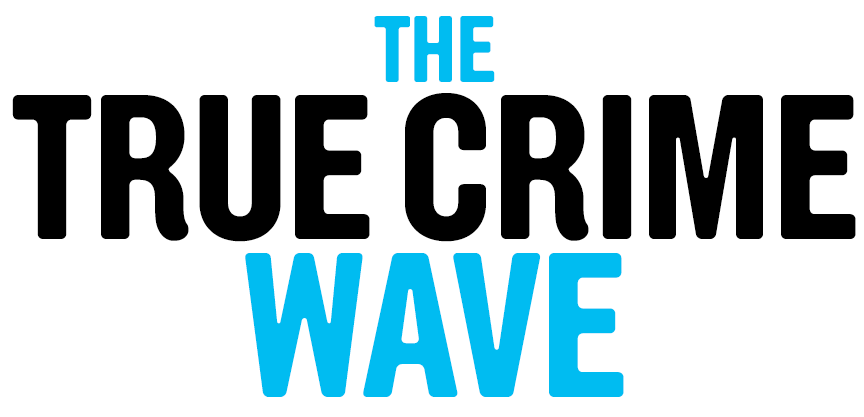
All week long, Vulture is exploring the many ways true crime has become one of the most dominant genres in popular culture.
I started my work life in a world — newspapers — where there were written policies on ethics. The rules might seem duh-obvious to most — revealing conflicts of interest, not interviewing friends, making sure that subjects knew they were speaking for the record — but infractions were common enough that the policies were essential.
When I began writing crime novels, however, no one in publishing ever talked about ethics. I had to make my own rules. One: Do not approach writers whom I had profiled for blurbs. Two: Avoid using stories I had reported in-depth as the springboards for novels. People who had bared their hearts to me for newspaper articles could not be expected to know that their stories would find their way into novels. People who had talked to other reporters? I felt no compunction about protecting them.
My two writing jobs ended up overlapping for seven years, long enough that my self-imposed rules became tricky. “I’m a huge fan,” some subjects said during interviews. One or two asked me to autograph books. A police sergeant presented me with boxes of reports and photographs, documenting the bizarre true story of a real-life Bluebeard that he hoped I would be able to investigate. My bosses wouldn’t let me report that story, as it turned out. But about seven years after I left the paper, I published a novella, The Girl in the Green Raincoat, inspired by some of those documents, although absent the insane coincidences that would have made it a great newspaper feature.
In fact, many of my novels were inspired by newspaper articles, just usually not ones with my byline. A triple murder in Waco, Texas, which seemed to be a tragic case of mistaken identity (In Big Trouble). A so-called John Doe homicide in Baltimore, where the killers were apprehended and sentenced, but the victim’s identity could never be established (The Sugar House). The long-ago disappearance of Julius Salsbury, a beloved husband and father who happened to be one of Maryland’s biggest bookies (After I’m Gone).
I also found inspiration in what I called the pre-CNN era of my childhood, using regional crimes that the world at large wouldn’t know. These homicides — they were almost always homicides — had a profound impact on me as a girl. There was a kidnap/rape victim who watched as another captive was raped and killed by their captor; it occurred to me to wonder what it might be like to be the one who survived. Another day, I was with a group of people when we passed a suburban shopping mall and everyone fell silent. “Do you remember what happened there?” someone asked. We all did. When we were teens, two young sisters, Katherine and Sheila Lyon, had disappeared from that mall. They had long been presumed dead, but their bodies had never been recovered.
What if, I thought, as crime novelists often do, what if someone showed up now and claimed to be one of the sisters? What would happen? If she’s telling the truth, then where is the other sister and why has she waited so long to resurface? If she’s lying, what’s the endgame?
I did almost no research into the original case because I wasn’t writing about the original case. For my story to work, the girls needed to be teenagers, not preadolescents. I moved the action to a Baltimore mall and neighborhood that I knew well, created an already unhappy married couple, then spent much of the book documenting how differently they responded to the unbearable grief of losing both their daughters. The book, called What the Dead Know, proved to be my breakout – my first novel to hit the New York Times best-seller list, one that went on to sell enough copies that I actually hit one of the bonus milestones in my contract.
But it angered some readers that I had used a real-life story for inspiration. There were vicious reviews on Amazon, or so I was told. (I don’t read my Amazon or Goodreads reviews, and I never Google myself.) At readings, I was asked if I had sought the Lyon family’s permission to write the book. More than a decade after the book was published, this question still comes up.
When it does, I reply: “There are two answers to that question, and one is about how nice I am and the other is about how awful I am.”
The nice me: “Seeking permission from real-life victims puts a burden on them that they don’t deserve. They’ve been through enough, it’s selfish and intrusive to ask for their benediction.”
Awful me: “I don’t believe I need anyone’s permission to write about anything.” My novels are inspired by real-life stories, yes. But they are not ripped from the headlines, à la Law & Order. They don’t trade in wink-wink roman à clef games. I’m not a Redditer, investigating cold cases. I write fiction inspired by real life. (As the world will soon learn from Sarah Weinman’s forthcoming The Real Lolita, even Nabokov did that, although he wasn’t keen for people to know.)
But there was a problem with my personal ethics policy: It was steeped in the hubris of a crime writer who had little firsthand experience with crime. Most of the crimes I have come close to, first- or secondhand, were minor ones. A pair of new school shoes stolen from an unlocked car. A burglar who made off with the digital camera full of wedding photos we had yet to download, along with one ticket to a Baltimore Ravens game. A backpack of Hebrew school homework taken from our SUV. I live in one of the most dangerous cities in the United States, but it was unlikely anyone close to me would become a victim. Those claimed by Baltimore’s staggering per capita murder rate are overwhelmingly young, poor, male, and African-American. (I wrote about that, too, using the real-life death of a federal prosecutor to create a larger criminal conspiracy in which young black men were killed — and no one cared, or saw the connection.)
Then, on June 28, an armed man walked into the offices of the Capital-Gazette with a shotgun and killed five people. One of those was my friend, Rob Hiaasen, with whom I had worked for almost a decade at the Baltimore Sun. Can I literally imagine what his wife, Maria, and his three grown children are going through now? Or his brother, the celebrated comic crime novelist Carl Hiaasen? Before June 28, I would have insisted that I could use my imagination and empathy to do just that. Today I find myself thinking, I can’t imagine, then realize the more correct sentiment is: I don’t wish to imagine.
How would I feel if someone took the basic outline of what happened on June 28 and tried to write a novel about it? Someone already has, in a sense. In 2015, Lou Berney published a novel, The Long and Far Away Gone, partly about the sole survivor of a mass shooting. The book, which won multiple awards, struck me as emotionally true then — and it still does. To my knowledge, Lou did not have firsthand experience with this kind of trauma, but he has great empathy and compassion. Would his book provide catharsis for someone intimately affected by a mass shooting? Probably not, but it could be instructive for others.
Joan Didion famously wrote, “Writers are always selling someone out.” Perhaps the most bizarre thing about my personal code of ethics is that I am absolutely indifferent about lifting details from real-life people who simply have the misfortune to be my friends and relatives. Last fall, I was called to the principal’s office at my daughter’s school because I tweeted that there was a mean girl at the school and I wanted to kill her. IN A BOOK. Eventually, some parents complained.
The nice me and the awful me showed up for that meeting, the first eager to assure the principal I would never do anything to hurt a child’s feelings, the second defiant and unrepentant. I told the principal that the tweet was a bit of catharsis, an impotent mother’s way of dealing with the pain caused my daughter. I showed him how the wording made it impossible to guess which girl I was subtweeting.
And then I reminded him that the right to be a character in my novels had raised hundreds of dollars for the school. (There’s a tradition, called Tuckerizing, in which writers auction off the right to have one’s name in a book, usually for the benefit of a charity. I’ve been donating character names and book club visits to the neighborhood school for years.) Obviously, I would never waste such a valuable honor on someone I disliked.
Or would I? As I examine my own far-from-inviolate ethics policy of the past two decades, I realize the throughline is that I have always been open to making exceptions.
Why crime fiction, I am often asked. What is it about the genre, why are so many readers drawn to it, why do you write it? It’s old hat to argue that today’s crime novels function much like the social novels of the early-to-mid 20th century. But it also happens to be true. A violent crime lays bare things that a community is trying to hide: Race, class, sexism, income inequality, the horrible things that families do to their own. A lot of crime novelists working now are very clever about sneaking issues into their work. And when they do this, they are subverting the form in a healthy way. Crime fiction has long been a conservative genre, made up of stories in which a dogged investigator — usually a cisgender white male — makes the world safe again. But what if the world’s not worth putting back together? At a time when it’s increasingly difficult to feel safe anywhere — public spaces, workplaces, our own homes — a mystery story based on true events can be a gentle and respectful way to examine our culture’s pathologies. I don’t think I’ll ever try to write fiction about what happened at the Annapolis Capital-Gazette. But I find myself hoping that someone does.


